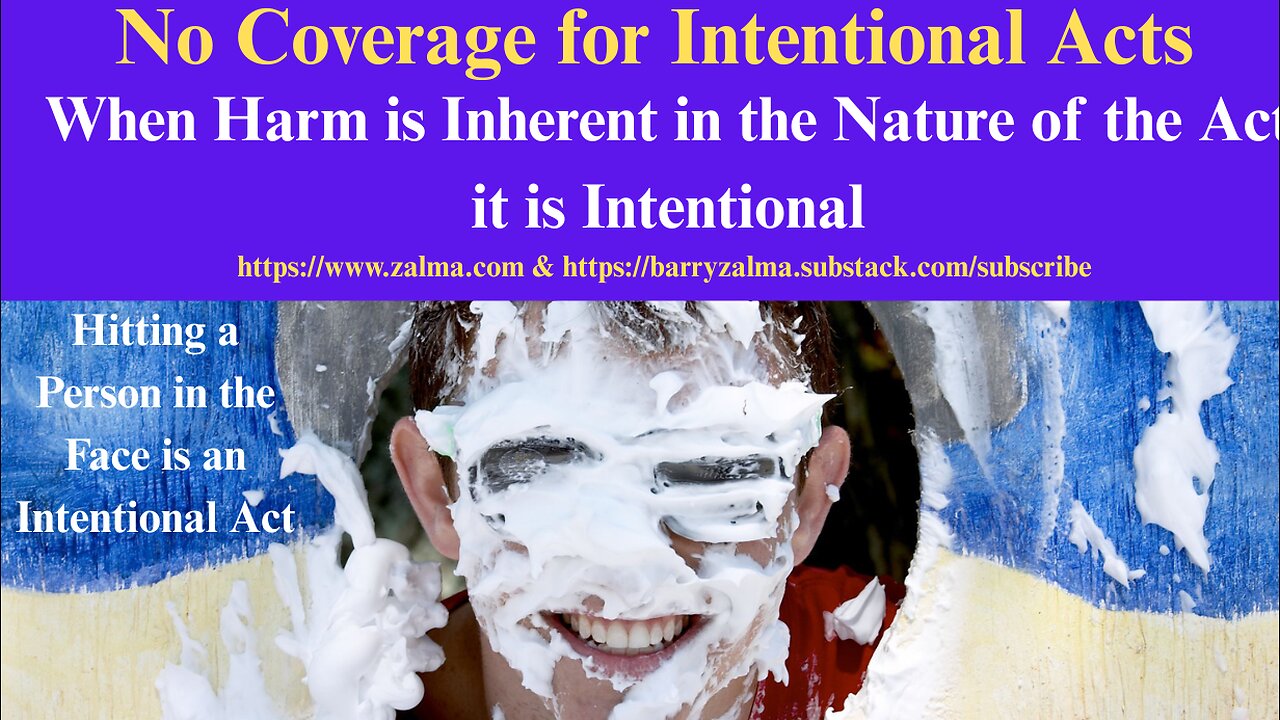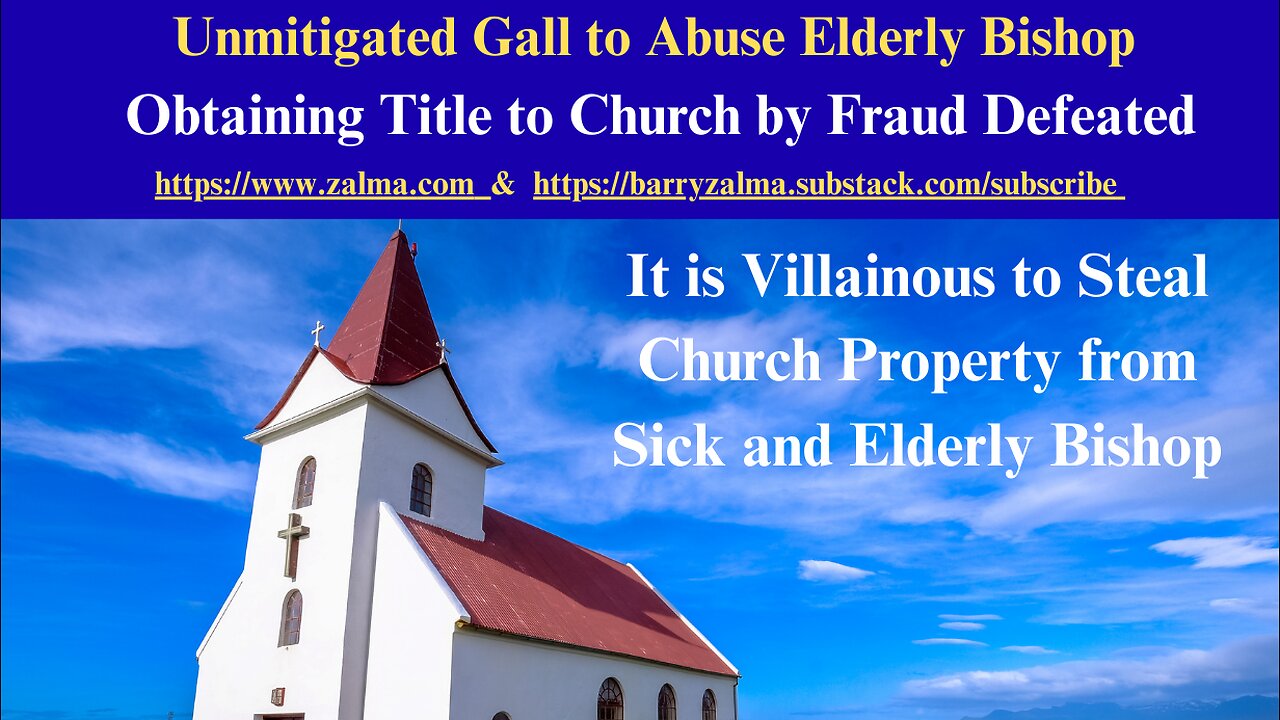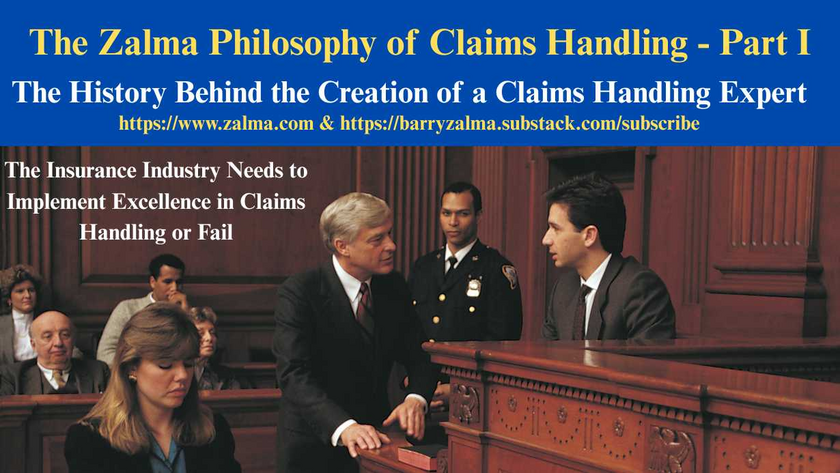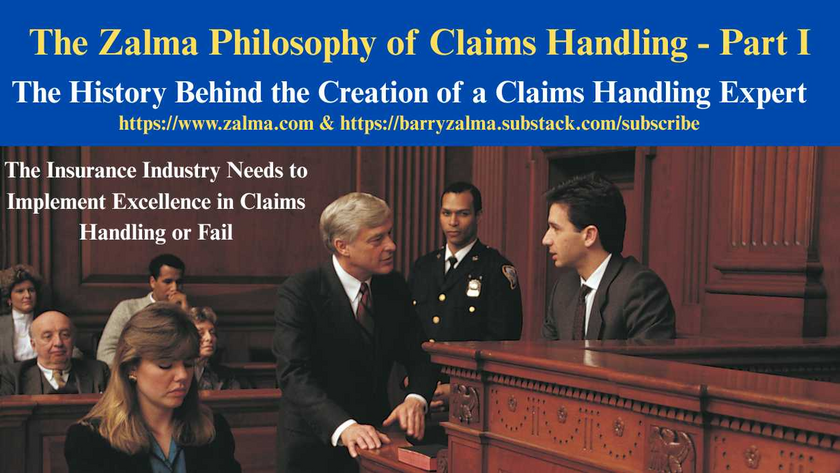
Construction Defects, Standing Alone, Do Not Constitute Property Damage
Post 4858
Read the full article at https://lnkd.in/gWBUqUeu, see the full video at https://lnkd.in/gy3yzbqg and at https://lnkd.in/gbMQzrJQ, and at https://zalma.com/blog plus more than 4850 posts.
The Appeals Court of Massachusetts was asked to decide whether the costs of repairing or removing construction defects constitute "damages because of . . . 'property damage'" within the meaning of a commercial general liability policy.
In Lawrence H. Lessard & another v. R.C. Havens & Sons, Inc., & others, No. 23-P-346, Appeals Court of Massachusetts, Essex (August 14, 2024) the Appeals Court was faced with an issue of first impression in Massachusetts: are construction defects "property damage" as defined in a CGL policy?
THE UNDERLYING ACTION
In the underlying action, Lawrence H. Lessard and Jennifer A. Meshna (together, the homeowners) sued their builder for the faulty construction of their home. At trial a jury found numerous construction defects and awarded the homeowners damages. Meanwhile, Main Street America Assurance Company (MSA) -- the insurer that issued to the defendants R.C. Havens with a commercial general liability policy covering the relevant period -- intervened in the action and sought a declaration that it did not have a duty to indemnify R.C. Havens under the policy.
As the project neared completion, the homeowners began to discover substantial issues with the quality of the construction. A number of problems compromised the structural integrity of the home. A portion of a structural post that was supposed to run from the roof to the basement was missing, and partition walls, sill plates, and support beams were installed incorrectly. As a result, some partition walls were improperly weight bearing.
The jury in the underlying action awarded the homeowners $114,159 for the structural defects, $14,207 for the roof deck, $37,000 for the siding, and $52,500 for the metal roof. The jury also awarded the homeowners $925 for problems with the home's insulation, $18,036 for mold damage, $8,430 for loss of use of their home during repair work, and $27,276 for costs of investigating the defects.
A Superior Court judge ruled for MSA on all the issues.
DISCUSSION
As a general principle, the insured (or the individual seeking coverage) bears the initial burden of proving that the claimed loss falls within the coverage of the insurance policy. If the insured meets that burden, the burden then shifts to the insurer to show that a separate exclusion to coverage is applicable.
To resolve the homeowners' appeal, the Appeals Court only needed to address whether the losses constituted property damage within the meaning of the policy.
Policies define "property damage" as physical injury, which suggests the property was not defective at the outset, but rather was initially proper and injured thereafter. Because faulty construction is defective at the outset the cost to repair are not claims for property damage. For example an improperly installed window would not be "property damage," but resulting water damage to the surrounding wall would be.
The Appeals court held that construction defects, without more, do not constitute property damage within the meaning of a commercial general liability policy. The summary judgment record established that the underlying jury verdict awarded damages for the costs of repairing or removing the construction defects themselves.
Since there was no evidence that the construction defects caused injury to other property, MSA had no duty under its commercial general liability policy to indemnify R.C. Havens for the final judgment because construction defects, standing alone, do not constitute property damage within the meaning of a commercial general liability policy and the judgment was affirmed.
ZALMA OPINION
Liability insurance is designed to protect an insured against fortuitous events that cause direct physical damage and damage to the property of persons other than the insured. When there is no direct physical loss there can be no coverage because the only damage was the construction defects that were never undamaged and that did not cause damage to other property. The builder must pay from its own funds the judgment.
(c) 2024 Barry Zalma & ClaimSchool, Inc.
Please tell your friends and colleagues about this blog and the videos and let them subscribe to the blog and the videos.
Subscribe to my substack at https://barryzalma.substack.com/subscribe or subscribe to my substack at https://lnkd.in/gmmzUVBy
Go to X @bzalma; Go to the Insurance Claims Library – https://lnkd.in/gwEYk & Rumble.com at https://lnkd.in/gRthzSnT.
When Harm is Inherent in the Nature of the Act it is Intentional
Post 5237
See the video at and at and at https://zalma.com/blog plus more than 5200 posts.
No Coverage for Intentional Acts
Hitting a Person in the Face is an Intentional Act
In Unitrin Auto and Home Insurance Company v. Brian C. Sullivan, et al., George A. Ciminello, No. 2022-01607, Index No. 21632/14, Supreme Court of New York, Second Department (November 19, 2025) George A. Ciminello was injured when struck in the face by a cup filled with liquid, thrown from a moving vehicle operated by Brian C. Sullivan, with Robert Harford as the passenger who threw the cup. The vehicle approached Ciminello at about 30 mph, from 2 to 10 feet away, and Harford extended his arm to make contact. The cup splintered upon impact.
Sullivan and Harford later conceded liability on the intentional tort claim before a damages trial.
Insurance Policy:
Unitrin Auto and Home...

Obtaining Title to Church by Fraud Defeated
Post 5238
Read the full article at https://www.linkedin.com/pulse/unmitigated-gall-abuse-elderly-bishop-his-church-zalma-esq-cfe-xcasc, see the video at and at and at https://zalma.com/blog plus more than 5200 posts.
It is Villainous to Steal Church Property from Sick and Elderly Bishop
In Testimonial Cathedral Local Church of God in Christ v. EquityKey Real Estate Option, LLC et al. (Cal. Ct. App., 2d Dist., Div. 8, No. B331522 (Nov. 18, 2025) EquityKey (through broker Steven Sharpe and Frank Wheaton, a trusted advisor/friend of elderly Bishop Jimmy Hackworth) presented a deal supposedly for a $4 million life-insurance policy on Hackworth’s life with EquityKey as beneficiary. In exchange, EquityKey paid Hackworth $400,000 upfront.
Factual Background
To qualify Hackworth for the large policy, church real property on South Western Ave., Los Angeles was temporarily ...

Guilty of Money Laundering Scheme
Post 5238
See the video at https://lnkd.in/gqh7V46x and at https://lnkd.in/gmE-zrDC and at https://zalma.com/blog plus more than 5200 posts.
Prison Sentence for Fraud Must be Limited to the Fraud in Which the Defendant Participated
In United States v. Stephen O. Anagor, No. 2:24-CR-00019-DCLC-CRW (E.D. Tenn., Nov. 26, 2025) by Judge Clifton L. Corker the government sought to increase the defendant’s sentence because his co-conspirators added a fraudulent FBI scam that resulted in the victim’s suicide. Anagor sought a lower sentence because he was only involved in part of the fraud.
Charges & Plea
Defendant, a U.S. Army soldier pled guilty on June 11, 2025 to Conspiracy to Commit Mail and Wire Fraud, Aiding and Abetting Aggravated Stalking Resulting in Death and Aiding and Abetting Aggravated Identity Theft that was part of a larger 38-count superseding indictment against Anagor and co-defendants Chinagorom Onwumere and Salma Abdalkareem for an international Nigerian-based ...
The Professional Claims Handler
Post 5219
Posted on October 31, 2025 by Barry Zalma
An Insurance claims professionals should be a person who:
Can read and understand the insurance policies issued by the insurer.
Understands the promises made by the policy.
Understand their obligation, as an insurer’s claims staff, to fulfill the promises made.
Are competent investigators.
Have empathy and recognize the difference between empathy and sympathy.
Understand medicine relating to traumatic injuries and are sufficiently versed in tort law to deal with lawyers as equals.
Understand how to repair damage to real and personal property and the value of the repairs or the property.
Understand how to negotiate a fair and reasonable settlement with the insured that is fair and reasonable to both the insured and the insurer.
How to Create Claims Professionals
To avoid fraudulent claims, claims of breach of contract, bad faith, punitive damages, unresolved losses, and to make a profit, insurers ...

The History Behind the Creation of a Claims Handling Expert
The Insurance Industry Needs to Implement Excellence in Claims Handling or Fail
Post 5210
This is a change from my normal blog postings. It is my attempt. in more than one post, to explain the need for professional claims representatives who comply with the basic custom and practice of the insurance industry. This statement of my philosophy on claims handling starts with my history as a claims adjuster, insurance defense and coverage lawyer and insurance claims handling expert.
My Training to be an Insurance Claims Adjuster
When I was discharged from the US Army in 1967 I was hired as an insurance adjuster trainee by a professional and well respected insurance company. The insurer took a chance on me because I had been an Army Intelligence Investigator for my three years in the military and could use that training and experience to be a basis to become a professional insurance adjuster.
I was initially sat at a desk reading a text-book on insurance ...

The History Behind the Creation of a Claims Handling Expert
The Insurance Industry Needs to Implement Excellence in Claims Handling or Fail
Post 5210
This is a change from my normal blog postings. It is my attempt. in more than one post, to explain the need for professional claims representatives who comply with the basic custom and practice of the insurance industry. This statement of my philosophy on claims handling starts with my history as a claims adjuster, insurance defense and coverage lawyer and insurance claims handling expert.
My Training to be an Insurance Claims Adjuster
When I was discharged from the US Army in 1967 I was hired as an insurance adjuster trainee by a professional and well respected insurance company. The insurer took a chance on me because I had been an Army Intelligence Investigator for my three years in the military and could use that training and experience to be a basis to become a professional insurance adjuster.
I was initially sat at a desk reading a text-book on insurance ...















